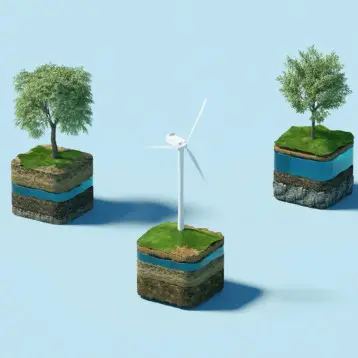Other companies are using algae to clean contaminants from ocean water, but the Waltham Technologies algae are different. For starters, these blue-green algae are technically bacteria and require much less light than the traditional plant-like form of algae which is reliant on photosynthesis to generate its energy. Their system for harvesting the offshoots of cleansing and turning them into useful energy also set Waltham Technologies apart from others.
Formed by a group of three veterans of the biotechnology industry including former president of the Massachusetts Biotechnology Council Dr. Una Ryan, Waltham Technologies is one of a new crop of companies looking to solve energy problems by applying solutions and expertise from one industry to another. The eventual goal of the company is to use the algae to provide clean and safe drinking water in developing countries, but the scientists are now focusing on more commercial pursuits with the idea that generated funds could later be used for philanthropic pursuits. Moreover, they want to delay the costly and lengthy FDA approval process that inevitably follows their potable water creation.
Waltham Technologies is initially targeting customers in the beer brewing industry. Enormous amounts of water are used during the brewing process, most of which winds up contaminated by yeast and other waste elements. Safe disposition of that water is a major issue, both from a health and safety standpoint and financially – fines for incorrect disposal of wastewater can be extremely high. Tests are currently underway with two undisclosed breweries in Massachusetts. Assuming these go well, more widespread adoption is likely to follow.
No specifics about the predicted time frame for wider adoption, the cost of the algae system, its effectiveness, or the amount of power that could be generated by the decontamination waste are available at this time. Neither is information about the specific process necessary to turn the algae waste into usable energy.
TFOT has previously reported on other innovative water treatment options including the use of buckyballs to prevent biofouling in pipes and water treatment plants and the Aquaduct Mobile Filtration bicycle that filters water as you pedal it. TFOT has also reported on a microsensor designed to measure the level of air and water pollution where it typically occurs, limiting the need for sample collection and later laboratory testing.
Read more about Waltham Technologies on their website (still under construction).
Icon image credit: U.S. Geological Survey/photo by Dann Blackwood (USGS)










